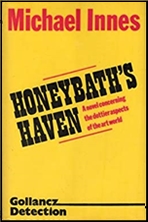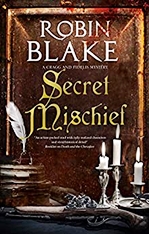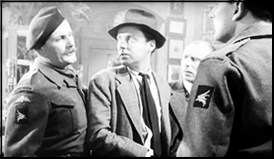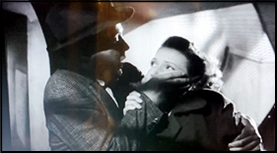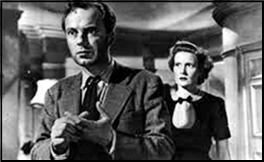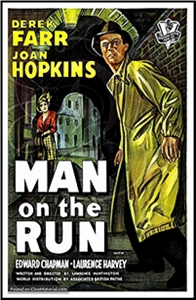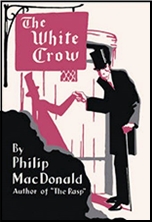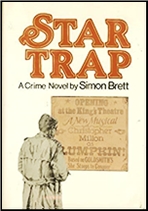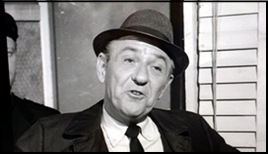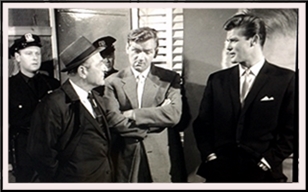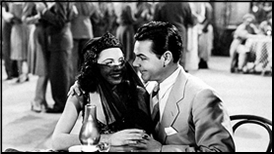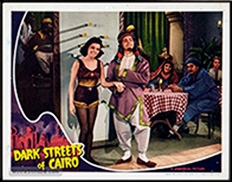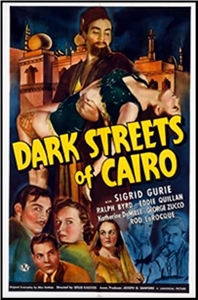Fri 10 Dec 2021
A Movie Review by Dan Stumpf: THE WORLD IN HIS ARMS (1952).
Posted by Steve under Action Adventure movies , Reviews[7] Comments
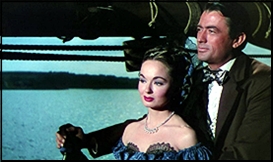
THE WORLD IN HIS ARMS. Universal, 1952. Gregory Peck, Ann Blyth, Anthony Quinn, John McIntire, Hans Conried, and Sig Ruman. Screenplay by Borden Chase and Horace McCoy, from the novel by Rex Beach. Directed by Raoul Walsh.
Rollicking.
Greg plays a two-fisted seal hunter known as The Boston Man, just arrived in San Francisco (1850) with the richest haul of pelts ever, full of ambitious plans to buy Alaska from the Russians and stop their rapacious seal-slaughter. He also engages in friendly rivalry with a scoundrel called The Portugee (Anthony Quinn, playing the part like Chico Marx) and more serious pursuit of Ann Blyth, a Russian Princess passing as a commoner for the sake of the plot.
Screenwriter Borden Chase once said the secret of his success was to write in a part for John McIntire, a character deliberately added, whose dialogue will provide background, explication and foreshadowing, and relieve the leading man of a lot of burdensome talk. In this case the part is played by McIntire himself as a sort of soloist in a Greek Chorus, and done quite smoothly.
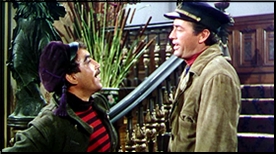
And in this case Chase also wrote in a part for Bill Radovich, an ex-linebacker built like a tow truck and entrusted with the role of Ogeechuk, Greg’s Inuit pal, whose function it is to break down doors and throw folks around—it seems The World in His Arms was originally written for John Wayne, who could do all the door-breaking and folk-throwing himself, but with Greg it just didn’t work. Hence Ogeechuk.
This film could have coasted along on sheer charm, but someone felt constrained to fill in some kind of story. Something about Greg being disappointed in love, fighting with Anthony Quinn, getting blown out of the water and captured by Russians, but the whole thing is so hopelessly interlarded with fights and chases, it’s hard to care about the story, much less follow it.
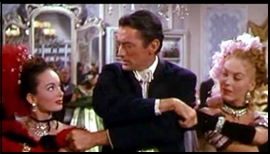
One thing does stick in my mind, though. I saw this movie on local TV back in the 1960s, and I distinctly remember a scene where Greg and his boys go about clubbing baby seals to death while John McIntire explains that what looks like gleeful Pinniped Slaughter (Clunk!) is actually a responsible culling (Boink!) of excess population (Whack!) necessary to protect the species (Smack!)
Which is as may be, but when The World in His Arms showed up on my streaming service, those few minutes were conspicuously absent.

